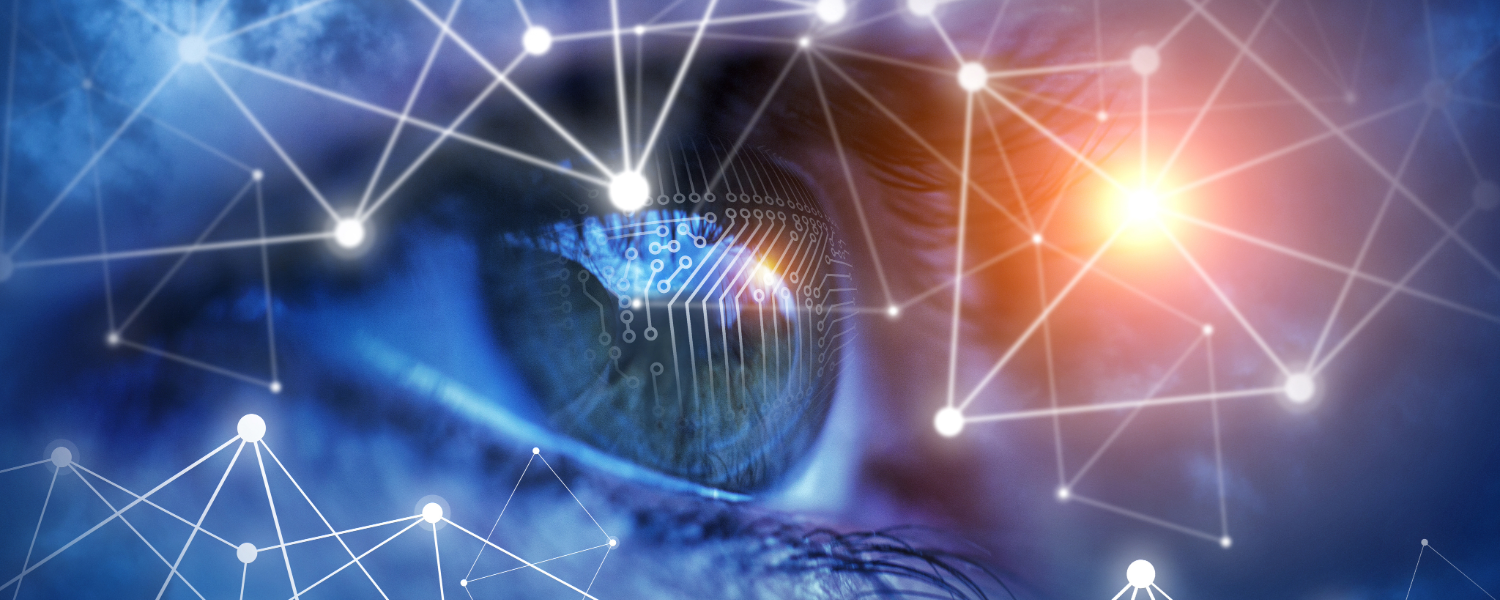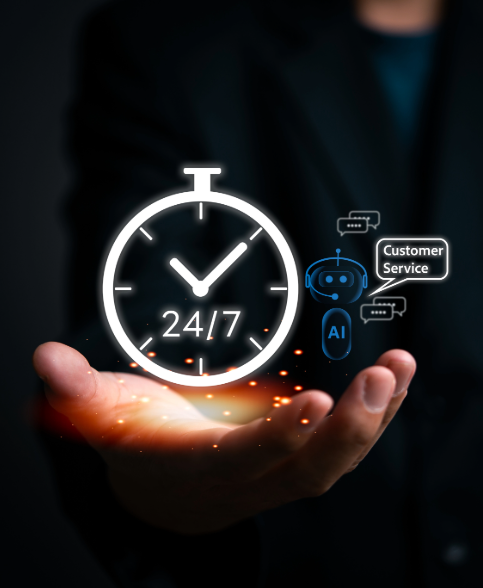AI Tools for Monitoring and Reporting Human Rights Violations
As the landscape of human rights advocacy evolves, the need for accurate and timely information on violations becomes increasingly critical. Artificial Intelligence (AI) has emerged as a powerful ally for human rights defenders (HRDs), enhancing their capacity to monitor abuses, analyze data, and report findings effectively. By leveraging AI tools, activists can improve their understanding of human rights violations and respond swiftly to emerging issues.
Analyzing Video Content
One of the most compelling applications of AI in human rights monitoring is the analysis of video content. The proliferation of smartphones and internet access has led to an increase in video footage documenting human rights abuses, from protests to conflict zones. AI-powered video analysis tools can process vast amounts of video data, identifying incidents of violence, discrimination, or abuse more quickly than manual review.
For instance, computer vision algorithms can be trained to detect specific actions—such as police brutality or unlawful detentions—within video footage. This capability enables HRDs to flag potential violations in real-time, allowing for immediate response and accurate documentation. By automating the analysis process, organizations can allocate resources more effectively and focus on advocacy efforts where they are urgently needed.
Monitoring Social Media Activity
Social media platforms serve as a vital source of information about human rights violations, with users often posting real-time updates from conflict areas or oppressive regimes. AI can enhance the monitoring of social media activity by employing natural language processing (NLP) algorithms to analyze text for signs of human rights abuses.
By filtering through vast quantities of posts, AI can identify trending topics, sentiment shifts, and geographical locations associated with reports of violence or repression. This analysis enables HRDs to detect patterns and understand the broader context of violations, facilitating targeted interventions. Moreover, sentiment analysis can gauge public reactions to specific incidents, informing advocacy strategies and campaign messaging.
Automating Data Collection and Reporting
Data collection is a foundational aspect of effective human rights monitoring. However, traditional methods can be labor-intensive and slow. AI tools can significantly streamline this process by automating data collection from various sources, including social media, news articles, and public records.
For example, web scraping techniques powered by AI can gather relevant data on incidents of abuse, demographic information, and institutional responses. This information can be organized and analyzed more efficiently, providing HRDs with comprehensive reports that are both timely and precise. Automated reporting tools can also transform raw data into visual formats, such as infographics and dashboards, making it easier to communicate findings to stakeholders and the public.
Enhancing Fact-Checking and Verification
In an age of misinformation and disinformation, AI can also play a crucial role in verifying the authenticity of reports related to human rights violations. AI-driven fact-checking tools can analyze multimedia content, cross-referencing claims with established facts and prior incidents. This capability is essential for ensuring that HRDs rely on credible data and sources when documenting abuses, thus strengthening their advocacy efforts.
Ethical Considerations and Limitations
While AI offers significant advantages for monitoring and reporting human rights violations, ethical considerations must guide its use. HRDs must navigate issues related to privacy, consent, and data security, particularly when dealing with sensitive information and vulnerable populations. Additionally, reliance on AI tools requires careful oversight to prevent algorithmic bias and ensure that outcomes do not inadvertently harm the communities being monitored.
Conclusion
AI tools are transforming the landscape of human rights monitoring, providing HRDs with innovative methods for analyzing video and social media content, automating data collection, and enhancing reporting accuracy. By harnessing the power of AI, activists can respond more effectively to human rights violations, ensuring that abuses are documented and addressed in a timely manner. As the integration of AI continues to evolve, it is crucial for HRDs to approach these technologies ethically and responsibly, maximizing their benefits while safeguarding the rights and dignity of the communities they serve. The advancements in AI technologies pave the way for a more informed and active global movement advocating for human rights, ultimately striving for a world free from injustice and oppression.



